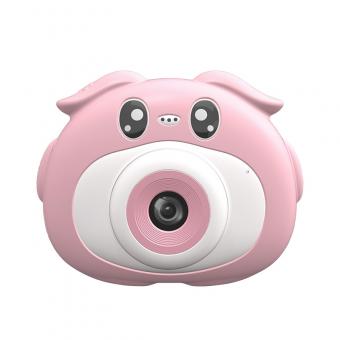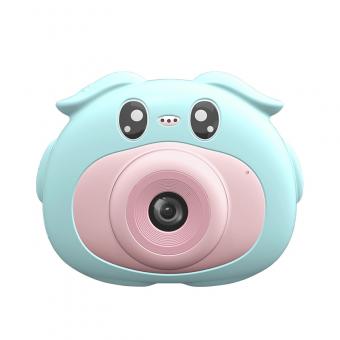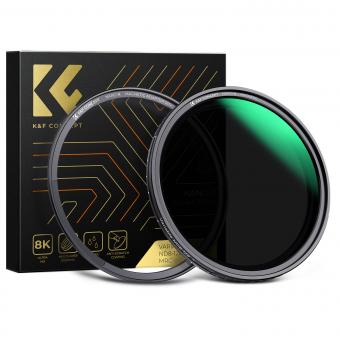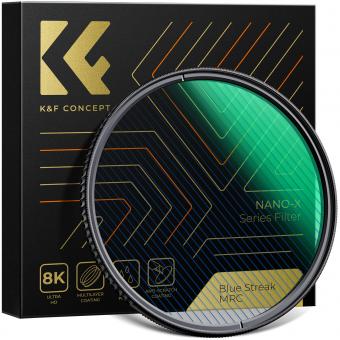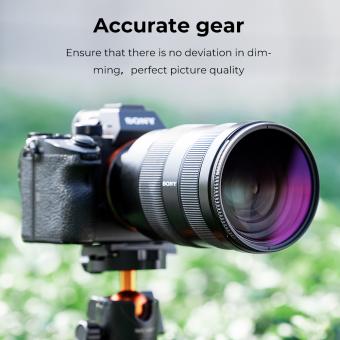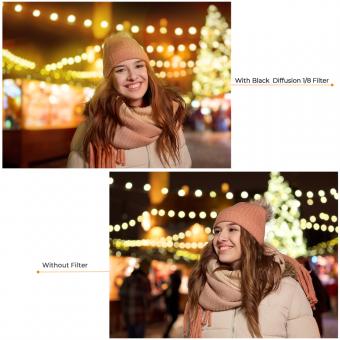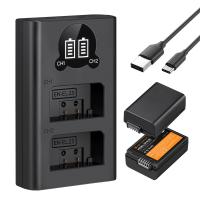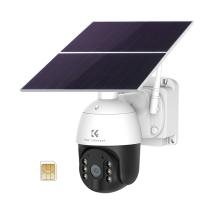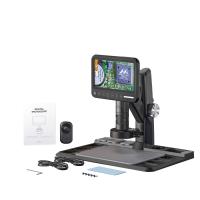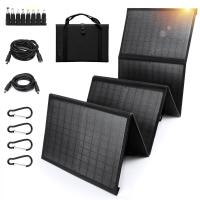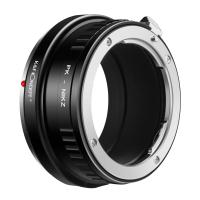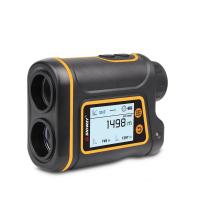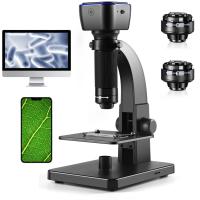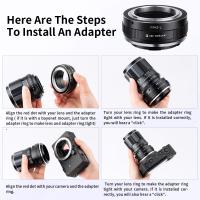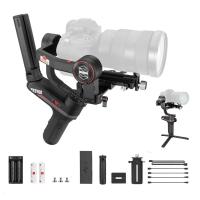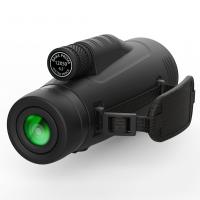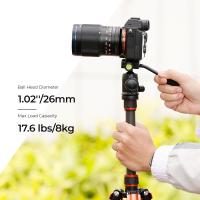Are Hoya Nd Filters Good ?
Hoya ND filters are generally considered to be of good quality. They are known for their durability, optical performance, and value for money. Hoya offers a range of ND filters with different levels of light reduction, allowing photographers to control exposure and achieve desired effects.
1、 Hoya ND filters: Overview and benefits in photography
Hoya ND filters are widely regarded as high-quality filters that offer excellent performance in photography. These filters are designed to reduce the amount of light entering the camera lens, allowing photographers to achieve longer exposure times or wider apertures in bright conditions.
One of the key benefits of Hoya ND filters is their exceptional optical quality. They are made from high-quality glass that ensures minimal distortion and color cast, resulting in sharp and accurate images. The multi-coating on the filters helps to reduce flare and ghosting, further enhancing image quality.
Hoya offers a wide range of ND filters with different levels of light reduction, allowing photographers to have greater control over exposure settings. Whether you need a slight reduction in light or a more significant one, Hoya has options to suit various shooting scenarios.
Another advantage of Hoya ND filters is their durability. They are constructed with precision and built to withstand the rigors of outdoor photography. The filters have a slim profile, making them compatible with wide-angle lenses without causing vignetting.
In terms of value for money, Hoya ND filters are considered a good investment. They offer excellent performance at a relatively affordable price compared to some other high-end filter brands.
It is important to note that the latest point of view may vary depending on individual preferences and advancements in technology. However, as of now, Hoya ND filters continue to be highly regarded by photographers for their quality, performance, and affordability.
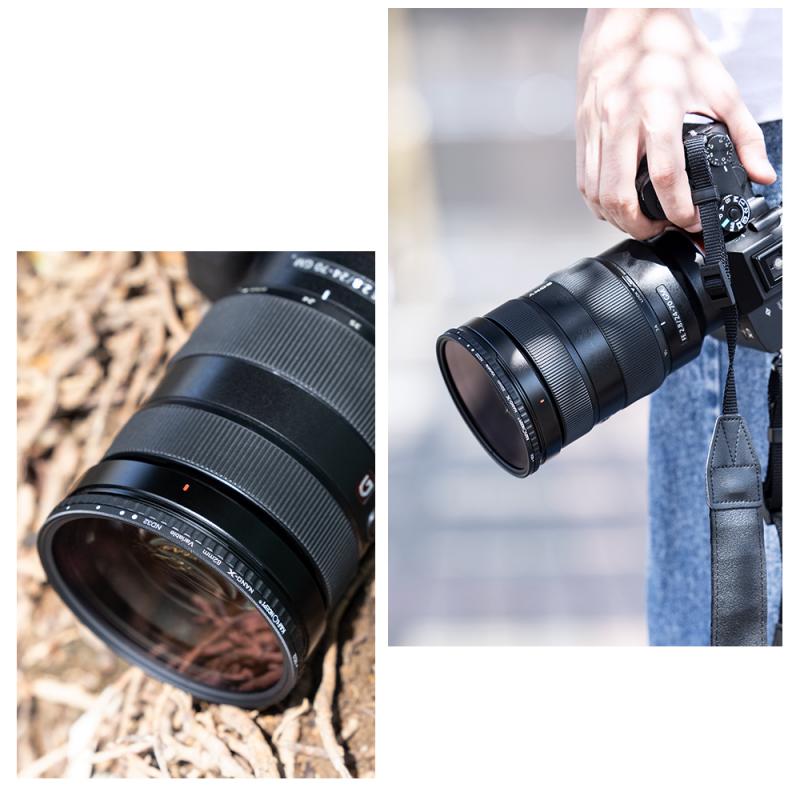
2、 Hoya ND filters: Types and their specific uses
Hoya ND filters are widely regarded as high-quality filters that deliver excellent results. They are known for their durability, optical clarity, and precise light reduction capabilities. Hoya offers a range of ND filters with different levels of light reduction, allowing photographers to have greater control over exposure settings.
One of the main advantages of Hoya ND filters is their ability to reduce the amount of light entering the camera without affecting the color balance. This is particularly useful in situations where a long exposure is desired, such as capturing smooth waterfalls or creating motion blur in landscapes. By using Hoya ND filters, photographers can achieve these effects without overexposing the image.
Hoya offers various types of ND filters, including screw-on filters and square filters that can be used with filter holders. This versatility allows photographers to choose the most suitable option for their specific needs. Additionally, Hoya ND filters are available in different densities, ranging from 1-stop to 10-stop reductions, providing photographers with a wide range of options for different lighting conditions.
In terms of the latest point of view, Hoya ND filters continue to receive positive reviews from photographers. They are praised for their excellent build quality, minimal color cast, and overall performance. However, it is worth noting that there are other reputable brands in the market offering similar products. It is always recommended to do thorough research and read reviews to determine the best ND filter for your specific requirements.
Overall, Hoya ND filters are considered to be a reliable and high-quality option for photographers looking to enhance their creative possibilities by controlling exposure and achieving stunning long exposure effects.
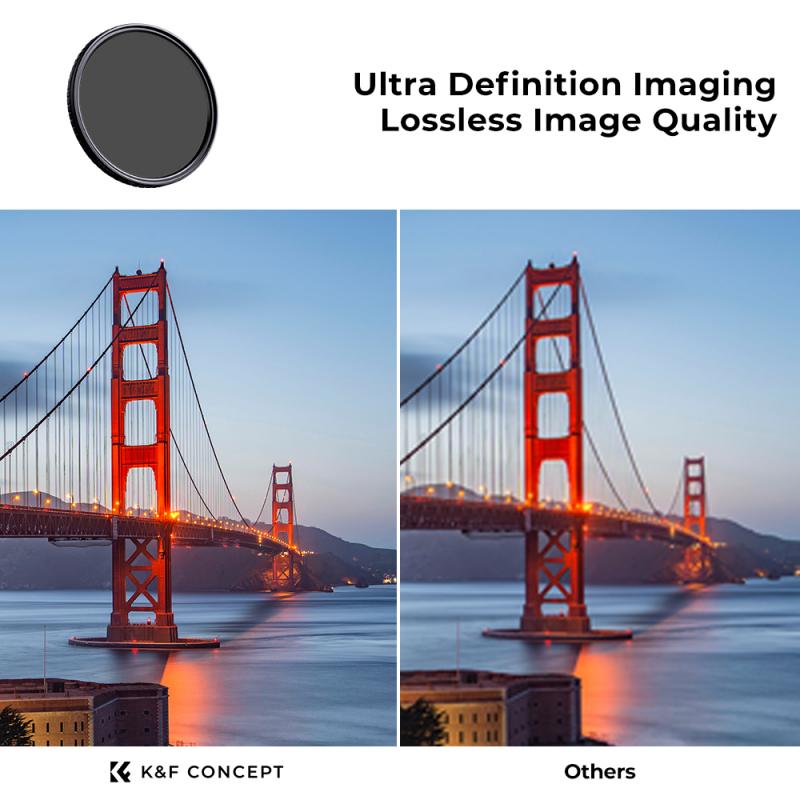
3、 Hoya ND filters: Factors to consider when choosing the right one
Hoya ND filters are widely regarded as high-quality filters that offer excellent performance and durability. They are known for their ability to reduce the amount of light entering the camera lens, allowing photographers to achieve longer exposure times or wider apertures in bright conditions.
When considering which Hoya ND filter to choose, there are several factors to take into account. Firstly, the filter density is an important consideration. Hoya offers a range of ND filters with different densities, such as ND2, ND4, ND8, and so on. The density determines the amount of light that is blocked, so it is essential to choose the right density for your specific needs.
Another factor to consider is the filter size. Hoya ND filters come in various sizes to fit different lens diameters. It is crucial to select a filter that matches the diameter of your lens to ensure proper attachment and avoid vignetting.
Additionally, the quality of the glass used in the filter is crucial. Hoya is known for using high-quality optical glass that ensures minimal distortion and color cast. This allows photographers to capture images with accurate colors and sharpness.
Lastly, it is worth considering the price point. Hoya ND filters offer a good balance between quality and affordability. While there are more expensive options on the market, Hoya filters provide excellent value for money.
In terms of the latest point of view, Hoya ND filters continue to receive positive reviews from photographers. They are praised for their effectiveness in reducing light, durability, and overall image quality. However, it is always recommended to read reviews and compare different filters to find the one that best suits your specific needs and budget.
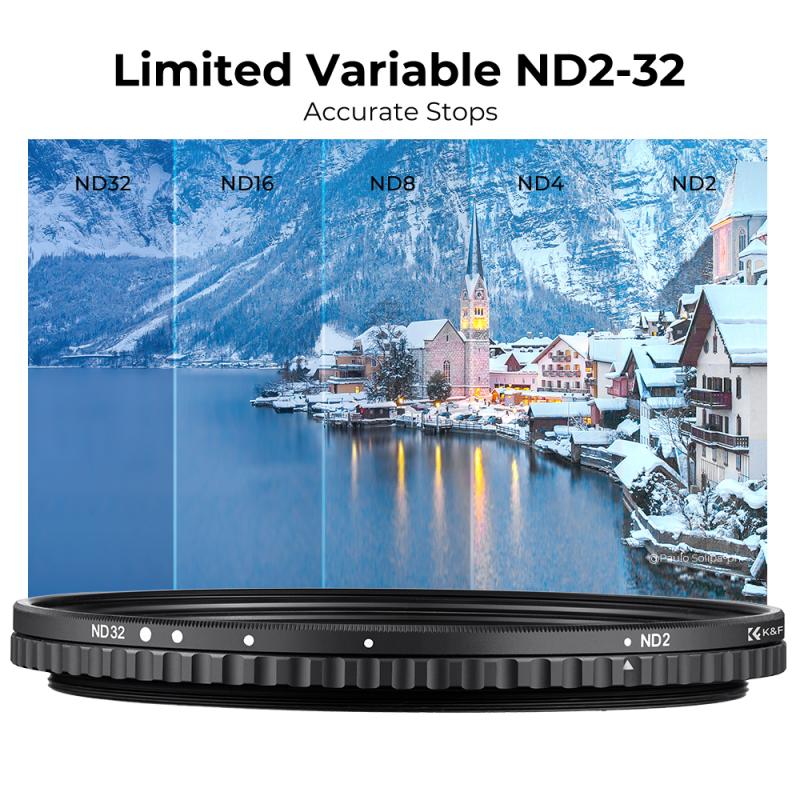
4、 Hoya ND filters: How to properly use and maintain them
Hoya ND filters are widely regarded as high-quality filters that can greatly enhance your photography. These filters are designed to reduce the amount of light entering the camera, allowing you to use slower shutter speeds or wider apertures in bright conditions. This is particularly useful for landscape photography, as it allows you to capture long exposures and create stunning effects such as silky smooth waterfalls or streaking clouds.
One of the key advantages of Hoya ND filters is their excellent optical quality. They are made from high-quality glass that is multi-coated to minimize reflections and flare. This ensures that your images remain sharp and free from unwanted artifacts. Hoya offers a range of ND filters with different levels of light reduction, allowing you to choose the one that best suits your needs.
To properly use Hoya ND filters, it is important to understand the concept of exposure compensation. Since the filters reduce the amount of light entering the camera, you need to compensate by increasing the exposure time or widening the aperture. This may require the use of a tripod to avoid camera shake during longer exposures.
In terms of maintenance, Hoya ND filters should be handled with care to avoid scratches or damage to the glass. It is recommended to keep them in a protective case when not in use. Cleaning should be done using a microfiber cloth or lens cleaning solution to remove any smudges or fingerprints.
In conclusion, Hoya ND filters are highly regarded for their optical quality and ability to enhance your photography. With proper use and maintenance, these filters can be a valuable tool in your camera bag, allowing you to capture stunning images in bright conditions.


